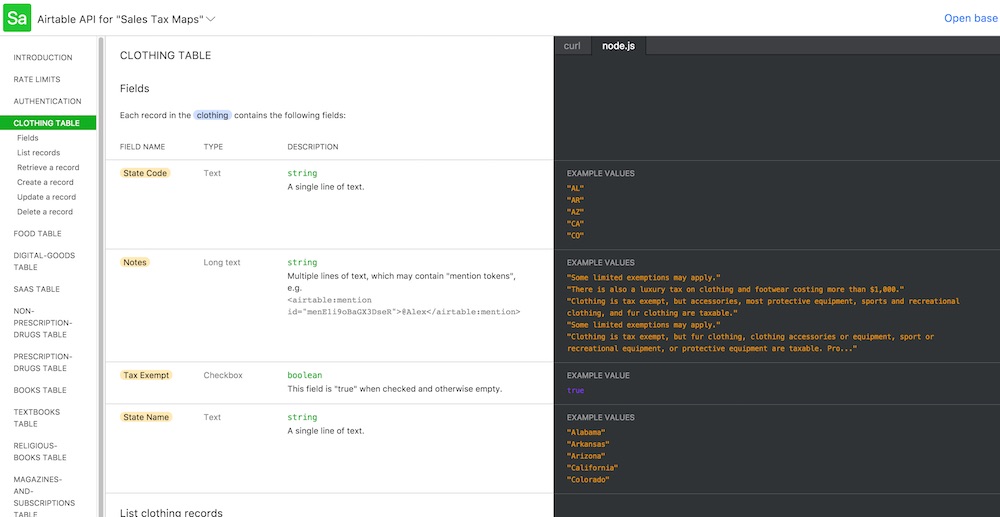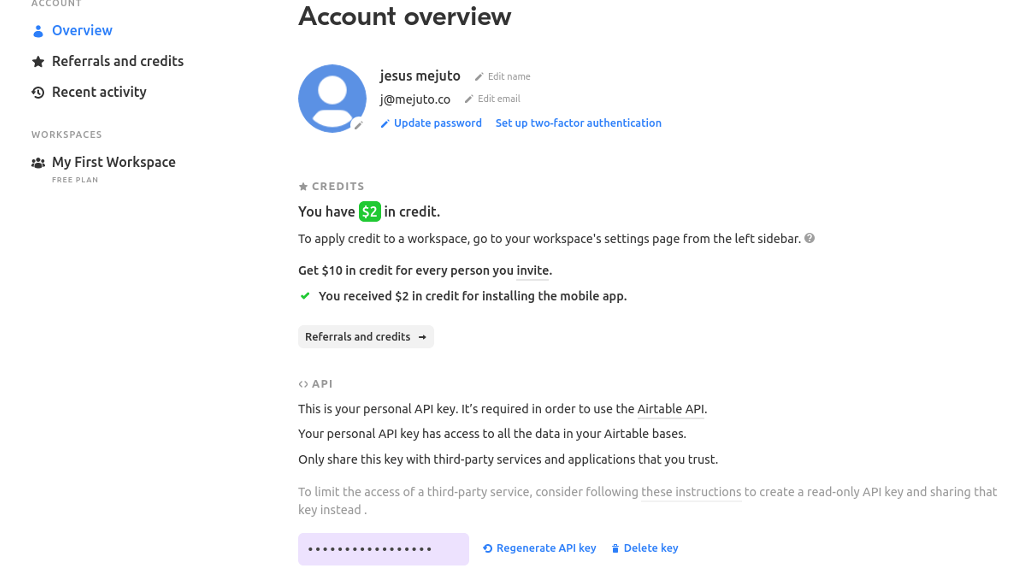

- Airtable api return without id or date install#
- Airtable api return without id or date update#
- Airtable api return without id or date software#
- Airtable api return without id or date code#
To install PyAirtable, you’ll need to run this command from your terminal:Īfter that completes, you’ll be able to use the PyAirtable library in your custom Python scripts. You’ll need to have Python installed on your system to ensure that PyAirtable works. PyAirtable is a community-built client is a public library that makes it easier to extract Airtable data via API using the Python programming language. We’ll start from the most technical methods to the least technical methods, along with ways you can use Phiona (unsurprisingly) to create Airtable queries without any code.

So, how do I query Airtable from an external application? Once you know the table, you can structure your SQL query, which requires a bit of coding knowledge. You’ll connect directly to the database, which is comprised of different schemas and tables. The second way to query is via SQL, which is the traditional method for extracting data out of a database. For example, many website analytics companies have specific API endpoints for your visits by date, source, geography, etc. Some APIs are built very well with analytics-friendly endpoints built in. The first is via API (application programming interface), which means that you’re using an external endpoint to access your data points. There are two ways to query any database today to get your data out. Perhaps a Freudian slip on their intentions to keep you inside the Airtable application?
Airtable api return without id or date code#

However, there are three issues for using this information for an analytics application: These functions are meant to replicate a transactional database that would be a backend for a data application.
Airtable api return without id or date update#
Third, Airtable does have an API with functionality that allows you to list your records, create records, update records, or delete records. However, because you have to do this manually, there’s no real way to automate your insight generation and you still have to perform all of the joins, aggregations, etc yourself- there is no way to create a query that will do this. What does Airtable allow today for external queries?Īirtable’s options for bringing data out of the tool are limited today, which makes it frustrating to build automated processes around the data locked in each base.įirst, you can always export your data out into a CSV file, which then can be opened by any spreadsheet program or imported into a database. Just being able to do these basic things would be extraordinarily helpful for a majority of analytics use cases that businesses would want to do in applications outside of Airtable. Look up potential values that match an ID, a bit of text, and return all of the results that match the searchīasic data transformations on the data: aggregations (how much in sales were made per day) and joins (merging two datasets together using a common key) When we think of querying data, we think of a few different ways that you can take an entire dataset, or a subset of a dataset, and:
Airtable api return without id or date software#
It’s now become so difficult to bring data from Airtable into other applications for tasks that have become essential to businesses (analytics, customer reporting, et al) that entire software platforms have been built to make it easier to retrofit Airtable back to its initial intent- to be useful as a query-able database. If you were worried in the past about creating data silos in spreadsheets and want to use Airtable to centralize your data, you’ve succeeded only in creating a new, prettier data silo. Data portability, or the ability to move your data from place to place, is a key tenet of data engineering. But the flipside of creating an easy database that you can bring everything into means that there’s an incentive for Airtable to ensure that it remains the one place where you can see all of your data, with limited means to get the data out.


 0 kommentar(er)
0 kommentar(er)
